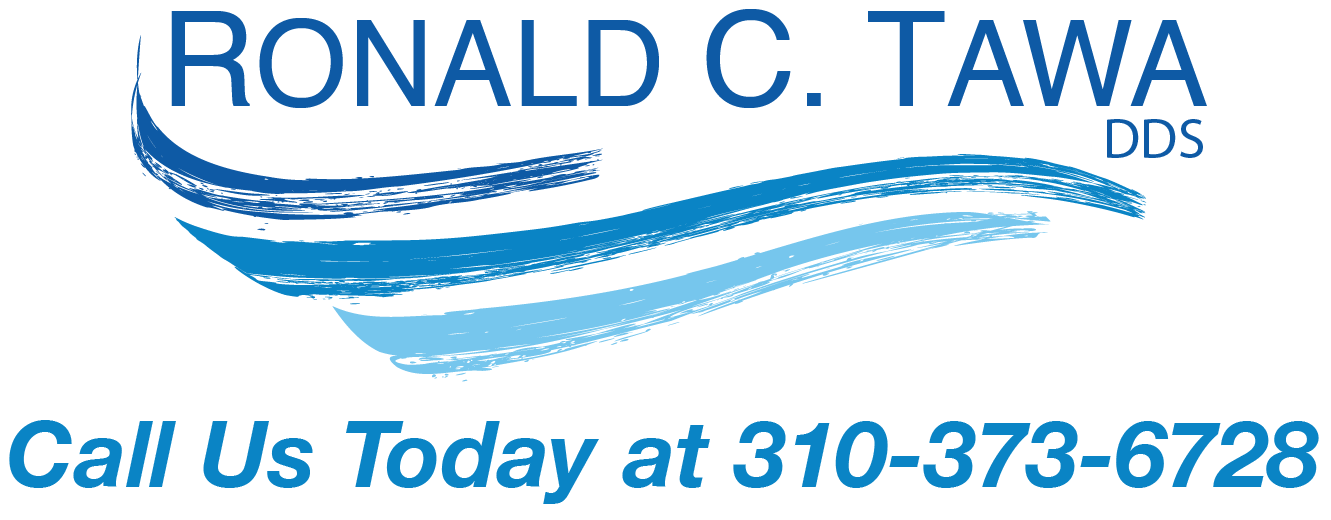This patient had a cavity treated and filled with a composite material in his front tooth many years ago. However, over time the composite material became discolored and the patient decided to have it retreated for a cosmetic reason.
Is it safe to use external teeth whiteners on a discolored tooth that had root canal treatment?
Yes, it is safe to use external whiteners such as whitening strips on a tooth with a root canal.In some cases, however, external teeth whiteners will not work on root canal teeth at all because discoloration is mainly caused by internal factors inside the teeth. After a root canal procedure, especially on an anterior tooth, tooth discoloration sometimes occurs even if the root canal work was done properly. If you really want to whiten your root canal tooth, you will probably need internal beaching. Internal bleaching can be performed by your dentist or endodontist to whiten the darkened tooth from the inside out by placing a whitening agent deep inside the tooth. It’s important to note that there are risks associated with internal bleaching treatment such as tooth loss. You should always consult your dentist if you are concerned about discolored, root canal teeth.
What types of oral appliances are available?
There are basically two types of oral appliances designed to treat mild-to-moderate sleep apnea: One type is the Mandibular Advancing Appliance and the other type is the Tongue Retaining Device. Both involve keeping the tongue from blocking the airway. Between the two types, the Mandibular Advancing Appliance is more widely used.
The Mandibular Advancing Appliance is a mouthpiece that fits over the upper and lower teeth. This appliance is designed to move the lower jaw forward, thus pulling the tongue forward and opening the airway. This appliance is usually fitted and adjusted by a dentist knowledgeable about Oral Appliance Therapy. There are multiple manufactures of Mandibular Advancing Appliances. Each appliance has its unique features such as the ability to attach a CPAP machine to it to improve its effectiveness; and some appliances allow you to slightly move your lower jaw or teeth laterally. These devices may vary in design, cost, and product warranty.
There are also over-the-counter Mandibular Advancing Appliances that you can buy without going to your dentist. These nonprescription devices typically require you to do your own custom fitting that involves boiling and biting into a mouthpiece.
The Mandibular Advancing Appliance is not for everyone. If you wear dentures or have no teeth, you cannot use this type of appliance. Also, if the structural integrity of your teeth is too weak due to cavities or gum diseases, this type of device may not be the right solution for you.
The other type, the Tongue Retaining Device, or TRD, works by mechanically holding the tongue, preventing it from falling back into the throat and blocking the airway. Again, there are multiple manufactures of TRDs. For example, there's a TRD that works by enveloping the tongue in a soft plastic cavity and holding it in place by suction. The benefit of this TRD is that you can use it even if you're a denture wearer. Another benefit is you don't have to worry about possible moth joint pain since TRDs don't usually involve mandibular advancement.
Since there are many options and each option has its pros and cons, you should consult your dentist or trusted healthcare provider to see which solution is right for you.
